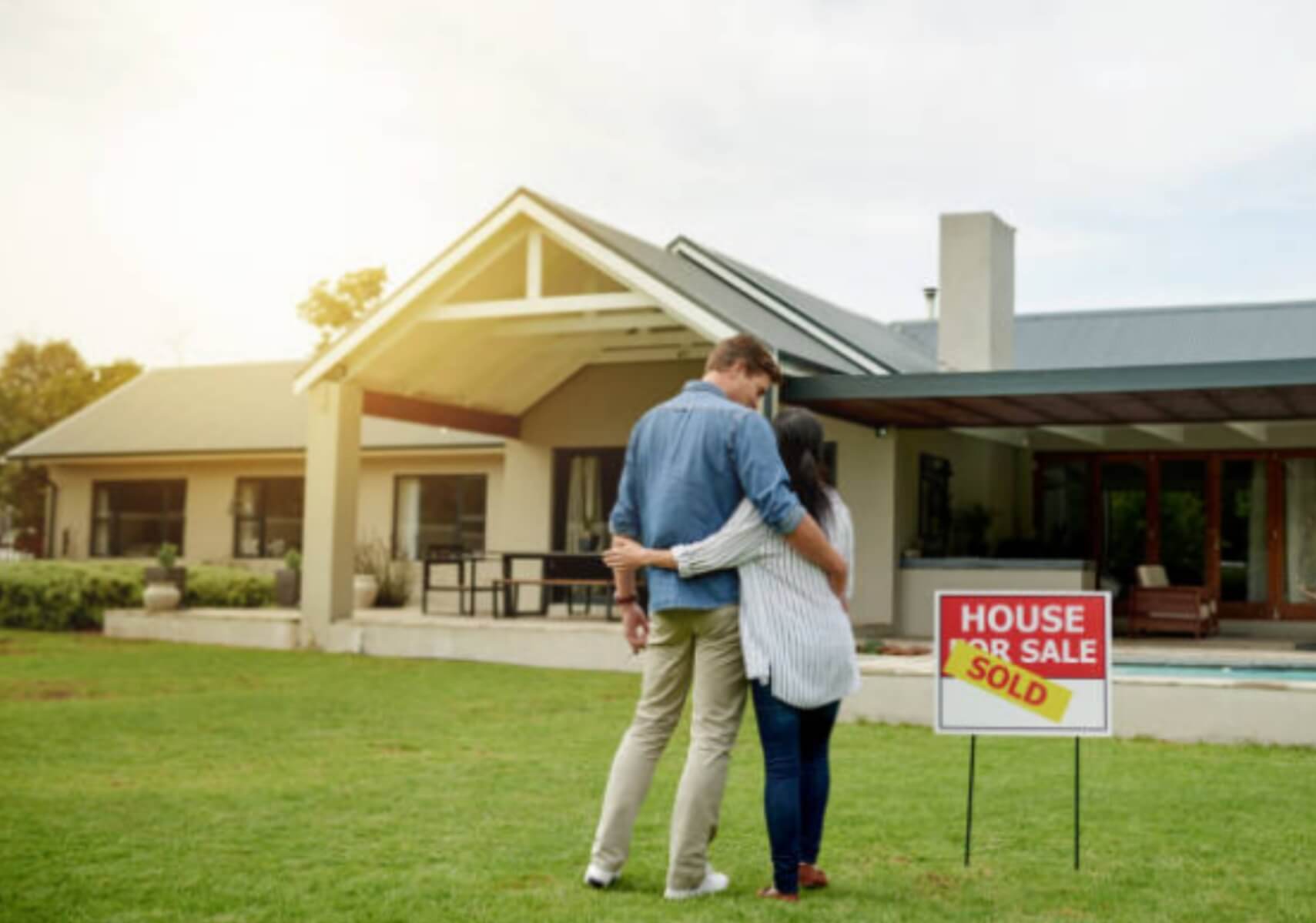Americans went on a shopping binge in 2020, purchasing up a bigger number of houses than they have in 14 years.
Setting off the flood was the COVID-19 episode, which drove squeezed condo inhabitants to chase for space outside urban communities, the report. Settling on the choice to move simpler were record low interest rates.
Existing home deals hit 5.64 million of every 2020, the most since the 6.48 million sold in 2006, as indicated by information from the National Association of Realtors. The middle cost moved to $296,500, a 9% increment.
Brittany McCreary and her better half purchased their first home a month ago, leaving the Chicago region for York, Pa.
“It’s absolutely a direct result of the pandemic,” McCreary told the Journal. “We’re happy we’re not leasing any longer. We generally needed to purchase.”
Solid house-purchasing request is relied upon to proceed with this year, financial analysts state, prodding more monetary action like home development and deals of furniture and home products. Yet, a deficiency of houses available to be purchased is pushing home costs higher, making it costlier for leaseholders attempting to enter homeownership.
“Homeowners are grinning, since they are seeing cost increments,” said Lawrence Yun, NAR’s main business analyst. “The dissatisfaction is coming from the first-run through purchasers.”
Falling interest rates commenced a year ago, prodding recent college grads to take the jump from tenants to home proprietors. Be that as it may, lockdowns cut deals until summer, when request kicked in once more.
“The genuine significant driver has been the record low degree of home loan rates … which truly upgraded reasonableness for home purchasers,” Frank Nothaft, boss financial specialist at lodging information supplier CoreLogic Inc., told the Journal.
Also, home deals should remain high as acquiring rates stay low, as per Doug Duncan, the main market analyst for Fannie Mae, the public authority contract bank.
“There’s still interest that is not being met,” Duncan said.
